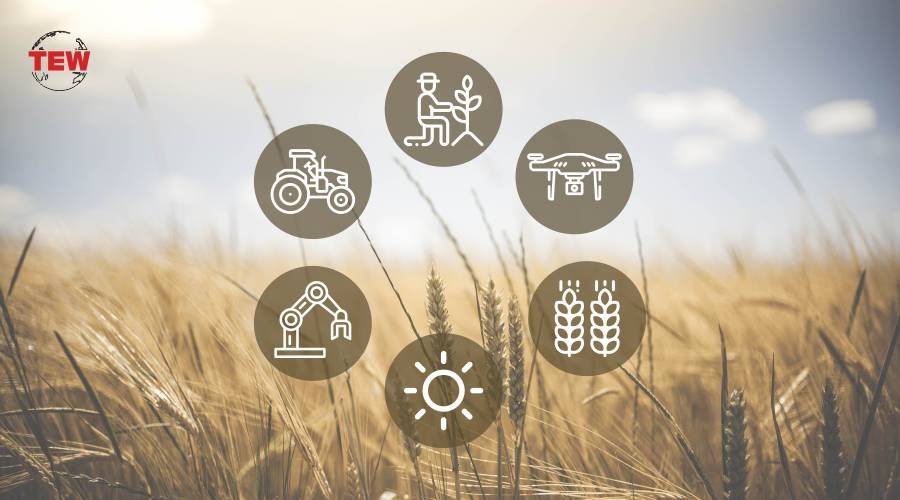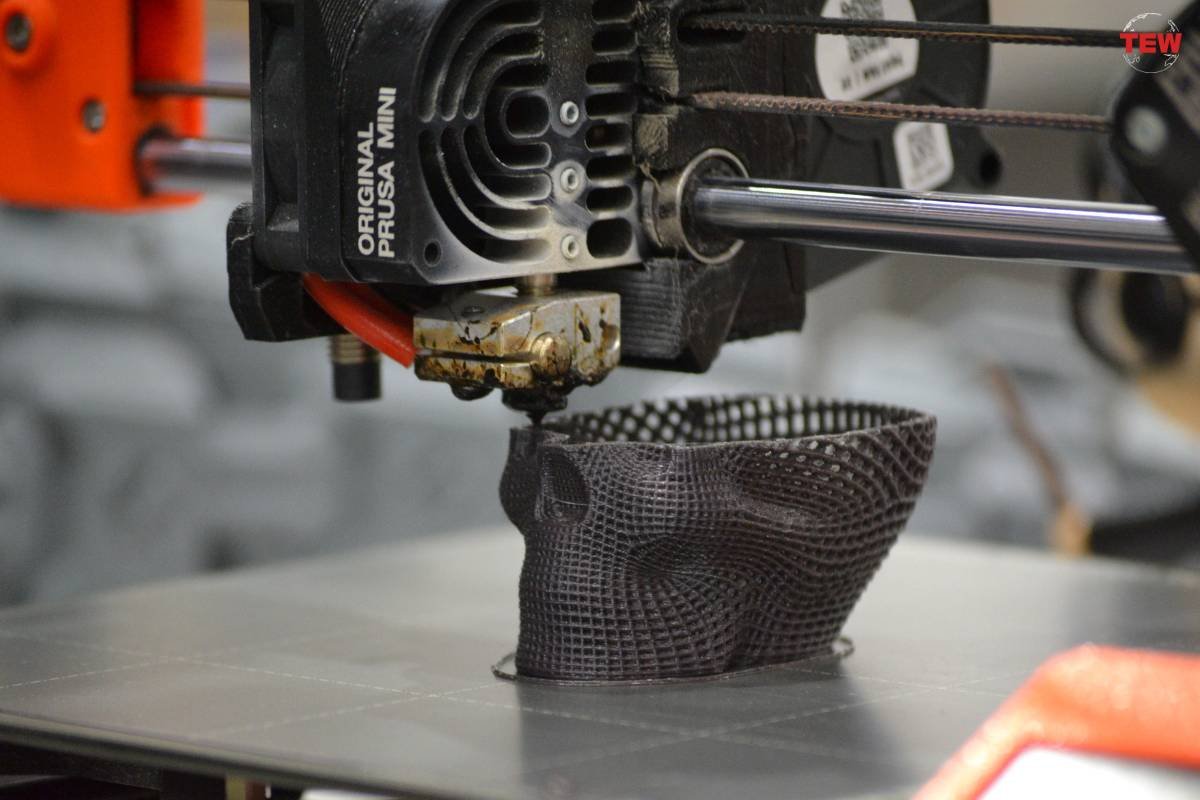Agriculture is the most important sector in the world that provides food to human beings. The agriculture sector is the second greatest source of employment after the service sector contributing 28% in global employment. Around 1.3 billion people are employed by the agriculture sector. Nowadays modern agriculture technology plays a big role in farming.
The farming business is completely dependent on nature. In many parts of the world, this sector is in danger due to tremendous changes in climate due to global warming and many others.
It is a need today to educate a farmer to make him use Modern agriculture Technology that can make farming easier and affordable too.
A warning way before the crisis rises can help us to decrease the chances of losses and empower the agriculture sector around the globe.
Here are some Modern agriculture technology that makes farming smarter

1. Soil and crop sensors
Today, more farm equipment is available with smart sensors that can read everything from crop health to essential nitrogen levels in the water. The sensors then enable on-the-go applications of input based on real-time field conditions.
Sensor technology is also available to measure the electrical conductivity of soil, ground floor, organic matter content, and even soil characteristics such as pH. For example, Varis Technologies, Bionics, and Dulem all produce different types of soil sensors. This is one important Modern agriculture Technology.

2. Crops Connected with Wi-Fi
Modern farms usually have electronic sensors distributed in the field that can monitor for different conditions; In some cases, gadgets send data to an on-the-farm server or cloud (network servers are widely used for computing and data processing). One such example of this precision farming NE solution is the Hi-Line Co-op platform that integrates soil sampling, satellite imagery mapping, and harvest data to help create customized variable rate prescriptions for your farm.
These figures are analyzed automatically and send instructions to the farm’s automatic irrigation system, which in some cases may even add the correct dose of fertilizer as needed before the proper amount of water is dispersed through drip tape, with hollow rows of holes running along with the crop. Typing do my homework for me you can get agriculture homework help and be more free while studying.
It maximizes efficiency, periodically distributes the right amount of water, can prevent waste, and reduces the volume of fertilizer water. Farmers can access this data via tablet or smartphone, giving them real-time information that will required a slow, manual-intensive soil-testing process in the past. Crops Connected with Wifi is very modern agriculture technology.

3. BUS Technology
Ten years ago, displaying up to five in a stream of wires hanging from one edge of the wire to the rear window with tractor-controlled equipment was not uncommon. Today, those monitors are called virtual terminals on one screen. Together the wire has formed a large cable called a binary unit system (BUS) that plugs into any implementation brand. That is why BUS Technology is important in Modern agriculture Technology.
Enabled technology is called ISOBUS, a communications protocol based on agricultural electronics standard ISO 11783 and Controller Area Network or Cannabis technology.

4. Robot Farmer
The development of self-driving cars is also accelerating on the farm. Self-driving tractors and robots are becoming more common as a way to automatically control the cost of payroll from time to time done by humans. There are robots to choose lettuce and strawberries, grass, oranges, and cut grapes.
Some are attached to a human-powered tractor while some are highly customizable with sensors and attachments that perform very specific tasks, such as finding out where the cows are pollinated and treating to stimulate the affected grass to grow again. These robots are often guided by precise GPS tracking so they can easily navigate the narrow space between rows of crops.

5. Wavelength Management
Urban and vertical home farming is becoming more popular, which gives growers of certain crops a year-round way to grow, regardless of the weather outside. But one of the challenges is how to create the ideal wavelength of sunlight adapted to the growth of compressed indoor spaces.
While indoor lighting has traditionally been used by energy-intensive and expensive full-spectrum fluorescent lighting to promote plant growth, advances in light-emitting diodes (LEDs) in recent years have provided a cheaper and better alternative. Modern agriculture technology makes Farming easier and smarter.
More From The Enterprise World





